Gumplasty
Gum grafting is a medical procedure aimed at correcting and restoring gum tissue. This surgery improves both the aesthetic appearance of your smile and your oral health. Particularly relevant for periodontitis, as well as in preparation for dental implantation.
During the gum grafting process, doctors carefully remove damaged tissue to restore normal contour and function. This reduces the risk of developing infections and makes brushing your teeth easier.

specialists

equipment

treatment
Types and indications
General information about the procedure
Process
Gingivoplasty, or gum grafting, is a precise and complex surgical process involving several stages.
Before the operation, a thorough examination of the oral cavity is carried out to choose the optimal treatment method. An important step is the elimination of possible dental problems, such as caries or other infectious foci, as well as professional teeth cleaning. Local anesthetics are used for pain relief, which ensures patient comfort during the procedure.
In cases of mucosal dystrophy, tissue transplantation is required. Donor material is usually taken from the following areas:
- Tissues of the superior tuberosity. There is a lot of collagen so it heals quickly
- Mucous membrane of the palate. Used when the tissue volume of the superior tuberosity is insufficient
- Retromolar triangle. Used less frequently
The choice of location for donor tissue collection depends on the volume of available tissue and the specifics of the required correction. In cases of tissue deficiency or atrophy, an artificial matrix may be used.
Gingivoplasty stages:
- Anesthesia. Ensures painless procedure
- Taking donor material. If it is necessary to correct the volume of the mucous membrane
- Formation of the gingival contour. May include the use of a laser to prevent bleeding
- Suturing. To ensure proper healing
The healing process after plastic surgery on the gums takes approximately 10-15 days. During this period, the patient may experience some discomfort and mild pain.
Recommendations to speed up healing:
- Food. Avoid solid foods and hot spices
- Drinks. Avoid alcohol and hot drinks
- Smoking. Quit cigarettes
- Hygiene. Keep your mouth clean
Failure to follow these simple rules can lead to various complications such as bleeding, soft tissue infection, swelling or even loose teeth.
By following these instructions, the patient significantly reduces the risk of complications and promotes a faster and safer recovery after surgery. It is important to remember that oral health and proper nutrition play a key role in the healing process after gingivoplasty.
Correction methods
When restoring gums in dentistry, various methods are used. Each of them has its own characteristics and is used depending on the specific needs of the patient.
- Vestibuloplasty. This method is aimed at deepening the vestibule of the oral cavity. It is relevant in cases where it is too narrow or when the attached gum is too small or absent. This improves the functionality and aesthetics of your smile, and also facilitates the hygienic care of your teeth and gums.
- Frenuloplasty. This operation consists of correcting the frenulum of the lips or tongue. Sometimes the frenulum can be too short or too tight, which leads to impaired blood supply to the periodontium and can contribute to the development of gum disease. Frenuloplasty eliminates these problems, thereby improving the overall health of the oral cavity.
- Tissue transplantation. This method is used to increase gum volume. It involves transplanting a small area of tissue, usually taken from the hard palate or deep layers of the palate. Transplantation effectively restores the volume and shape of the gums, improving their aesthetic appearance and functional characteristics.
- Gingivectomy. This operation is aimed at getting rid of tissues damaged due to the formation of periodontal pockets and active inflammation. The procedure involves removing damaged areas of the gums.
Depending on the clinical picture, there are different types of plastic surgery. Simple involves removing fused tissue with a small distance from the gum pocket. With partial plastic surgery, only those areas of periodontal tissue that cannot be treated are removed, and the pockets are also cleaned. Radical involves excision of dead tissue and affected areas of bone tissue.
In the fight against diseases such as gingivitis, periodontitis and pericoronitis, different methods are used. Flap surgery helps to effectively combat inflammatory processes in the gums. During this procedure, part of the mucosa is peeled off, a flap is formed, the affected tissue is removed, after which the flap is returned to its place. Sometimes donor tissue is used for this. Excision of the gingival hood is used for pericoronitis, when inflammation develops around an erupted tooth, accompanied by overhanging gums.
Recovery Features
After surgical correction of gums, including cases of dental implantation, patients often experience some discomfort and pain in the area of intervention. Typically, these symptoms persist for the first day or two, after which the condition improves markedly.
Swelling may occur for 3-5 days, but sometimes more serious complications are possible, including:
- Increasing swelling
- Prolonged bleeding
- Continuing pain
- Headaches
- Dental implant mobility
If you experience any of these symptoms, you should contact your dentist immediately.
The mucous membrane of the gums usually recovers quite quickly. The blood supply in this area is completely normalized within 1-3 weeks. In the first two weeks after surgery, the patient may experience increased sensitivity and some mobility of the teeth. If looseness persists, you may need to install a special splint that will help strengthen the teeth by connecting them together.
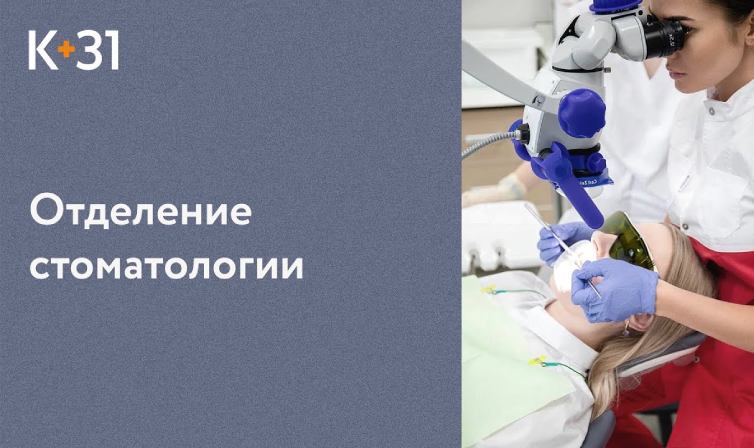
Modern methods of diagnostics and dental treatment at "K+31"
Our doctors

This award is given to clinics with the highest ratings according to user ratings, a large number of requests from this site, and in the absence of critical violations.

This award is given to clinics with the highest ratings according to user ratings. It means that the place is known, loved, and definitely worth visiting.

The ProDoctors portal collected 500 thousand reviews, compiled a rating of doctors based on them and awarded the best. We are proud that our doctors are among those awarded.
Make an appointment at a convenient time on the nearest date
Price
Other Services
Plastic surgery of soft tissues of the oral cavity
Tooth extractionTreatment of inflammatory diseases
Treatment of stomatitis Gum treatment Treatment of gingivitis Treatment for gum recession GumplastyPlastic surgery of the frenulum
Treatment of alveolitis Treatment of an abscess on the gum Wisdom tooth removal Bone grafting CBCTOnline consultation with a dental surgeon








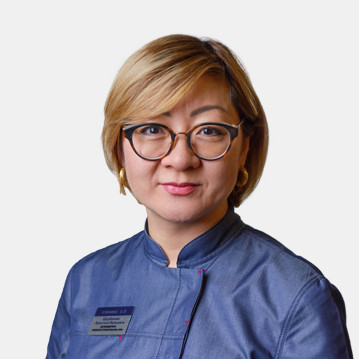
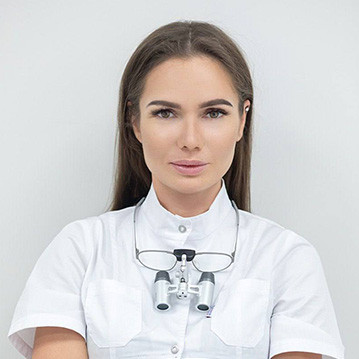

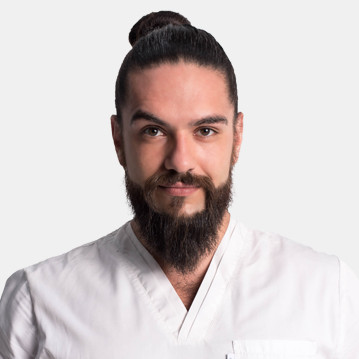
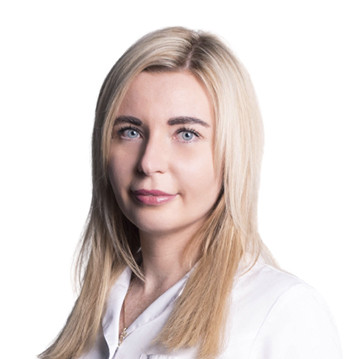
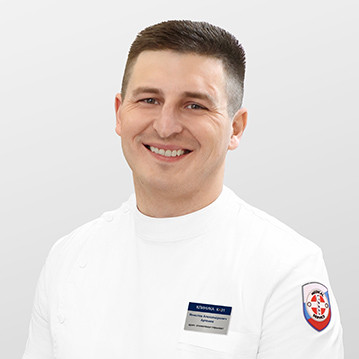








































Why do you need gum surgery?
Gum correction, known as gingivoplasty, is an important dental procedure. This procedure focuses on modifying the lining of the mouth to improve both the functionality and appearance of the smile.
This method is used for both medical and aesthetic purposes. The main goals of gingivoplasty include:
The gum consists of two main parts: fixed, which is attached to the jaw bones, and movable, which provides flexibility. Healthy mucous membrane is usually light pink in color, fits tightly to the teeth and does not bleed. However, with disease, these characteristics can change, causing both functional and aesthetic problems.
Gingivoplasty of the gums can be performed both on individual teeth and on the entire dentition. Depending on the situation, the doctor may either add or remove tissue. This procedure not only promotes oral health, but also improves self-confidence with an attractive smile.